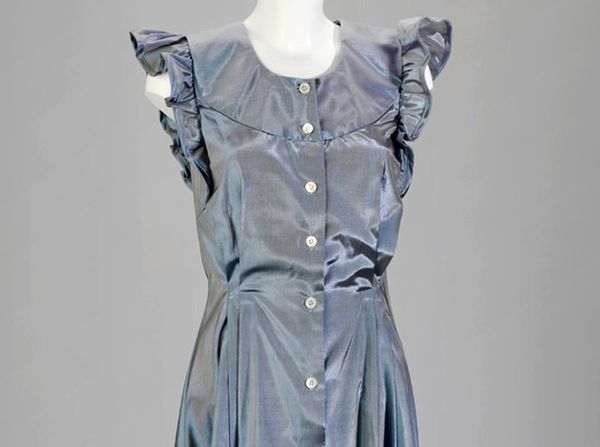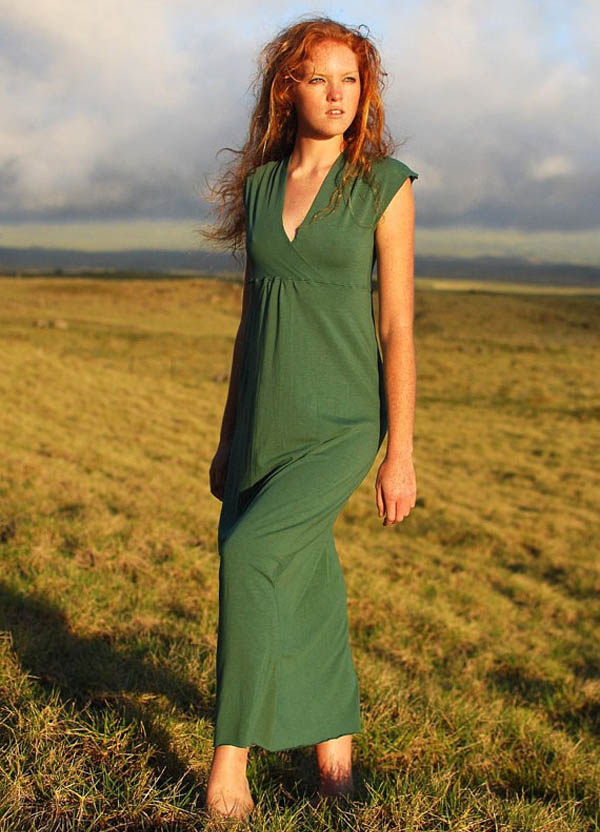As we know it
Fashion has remained an intricate part of human existence. Aside from the fact that they make us look good, they serve as a symbol of status and wealth for many. All of us (whether fashion conscious or not) drive the industry. As such, our demands influence what materials designers use to create their products. While we’ve come a long way from using only animal skins to cover our bodies, it’s a fact that modern designing methods use plenty of non-biodegradable materials. This has led to manufacturing processes that are harmful to the environment.
Now, however, the threat of environmental degradation seems to have woken us up. As such, we’re seeing a change in trends with many designers deciding to switch over to eco friendly fibers for their creations. These fibers can be used as a whole or part of clothing. They’re easy on the skin, can be stitched to any style and offer local producers and artisans employment avenues.
Need for change
Skeptics could argue that using synthetic fibers helps natural elements to thrive. But this isn’t the case as these natural sources need a healthy environment in order to grow. So, if we continue to use harmful non-biodegradable materials for fashion, we’re only compounding the problem which in fact needs an immediate solution. Some of the better known eco friendly fibers that are beginning to be incorporated on a larger scale are organic cotton, peace silk, bamboo, corn, hemp, coconut shells and even milk.
a) Getting fabric to look the way it does involves certain processes. For bamboo, mechanical and chemical processes are used. The first involves crushing the plant into mush so that the fiber can be combed mechanically and spun to produce yarn. While the process is eco friendly, it needs a lot of labor power and is expensive. The chemical process, meanwhile, involves ‘cooking’ the plant to turn it into mush and bleaching it. It’s employed by most manufacturers of bamboo fabric.
b) Organic cotton is beginning to be widely used by eco conscious individuals. It involves growing cotton that hasn’t been genetically engineered without the use of pesticides. It’s safe on the environment as it doesn’t leach harmful chemicals into the soil and is healthier for the skin too.
c) Silk has for long been used to create exotic clothing. It’s a natural fiber produced by silk worms and doesn’t cause allergic reactions to people with sensitive skin. However, there’s a more eco friendly form of silk known as peace silk. Here, the worms are allowed to emerge from cocoons till they die a natural death. This form, the result of which is said to be softer and fluffier cloth, is being advocated by activists and appears to be catching on.
What’s next?
a) Morphotex

Summer is around the corner and what better way to welcome the solstice than by getting yourself one these Morphotex-based creations designed by Donna Sgro? Morphotex is a fiber that’s been developed using nanotechnology. It mimics the Morpho butterfly’s microscopic structural wings and reflects a multifaceted color. The technology involves using 61 fibers of polyester and nylon in alternating layers. No dyes or pigments have been used so Morphotex produces only a little industrial waste and uses less energy to create.
b) Ingeo: A corn-based fiber that’s simply a-maize-ing
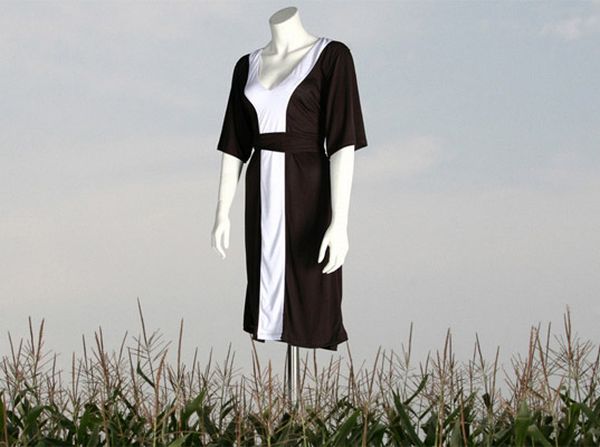
NatureWorks LLC’s Ingeo is made from fermented cornstarch instead of petroleum. Used to create fashionable clothing, Ingeo is also incorporated in the manufacture of bio plastic for packaging, films, casings, electronics and home textiles. The material uses the carbon and sugar stored in plants to make biopolymers. The resulting resin is injection molded into materials used to make textiles and plastics.
c) Milk cloth
Milk cloth, while not new, isn’t a material used by many to create fabric. But Dolores Piscotta has been marketing milk cloth-based products for two years now. She sells everything from pants and shirts to dresses and eye masks. The fabric itself is produced using dried liquid milk after having its proteins extracted. The proteins are dissolved into a chemical solution and put into a machine that weaves the fibers together. The resulting material is soft, breathable and holds dye.
d) Banana fabric
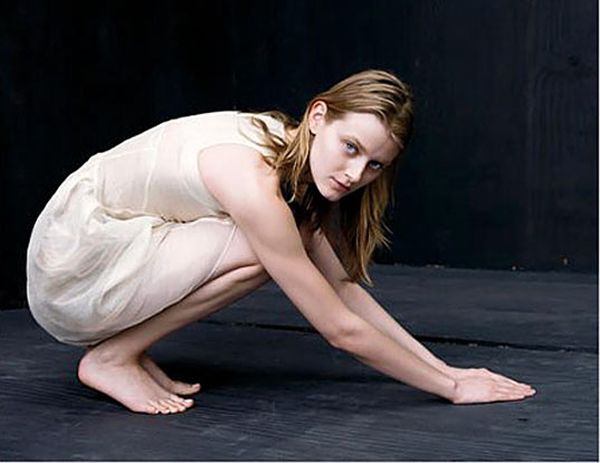
The banana tree can be used for so much more than it fruit. Its leaves and cast-off stems can be used for creating eco friendly fabrics in the making of table cloths, clothes, curtains and just about anything that uses cloth. The inner layer of the tree can be used to create fine fabrics for ethnic wear like Indian saris and Japanese kimonos.
e) Clothing fibers made from milk and seaweed
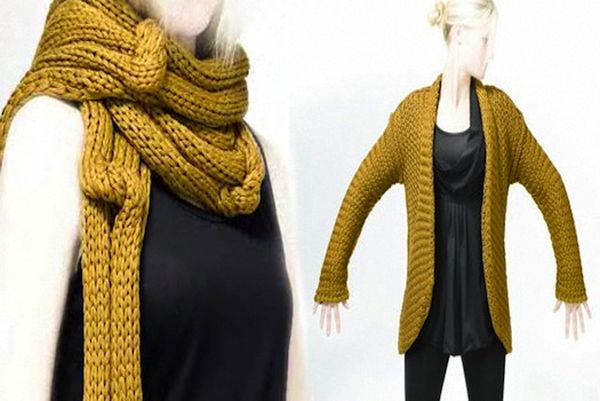
Two Square Meter is a German-based company that produces clothes from milk and seaweed. The fabrics contain either of the two sources whose properties are said to be nourishing for the skin. How far that’s true we aren’t sure, but creating fabric out of two natural elements is far laudable than non-biodegradable materials.


